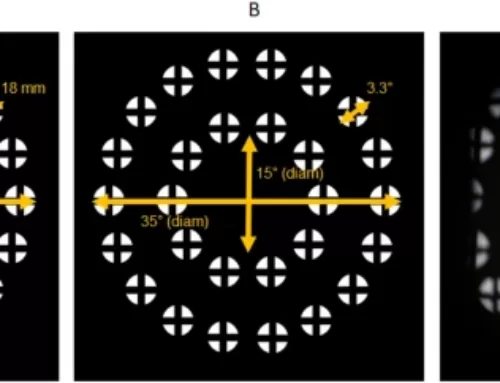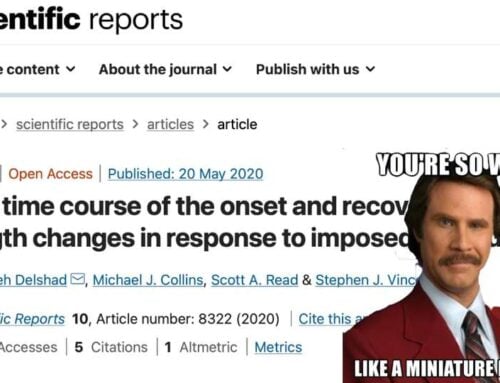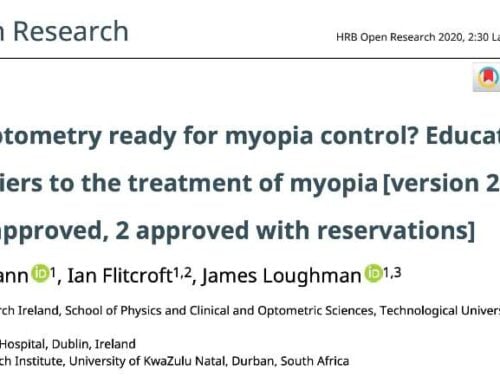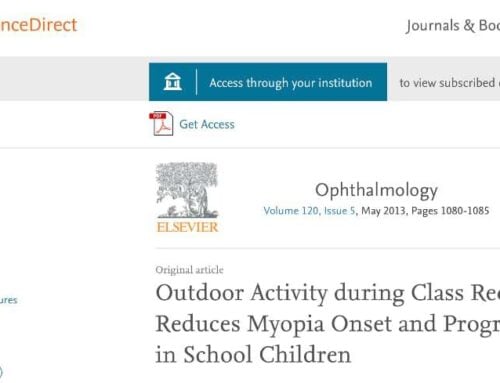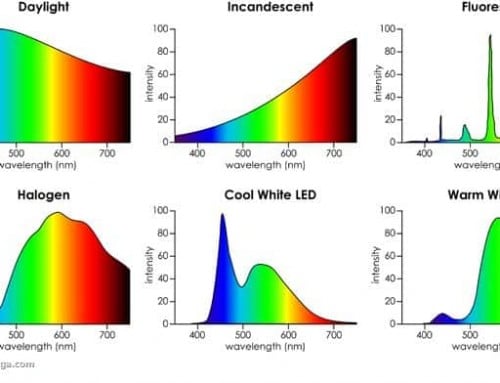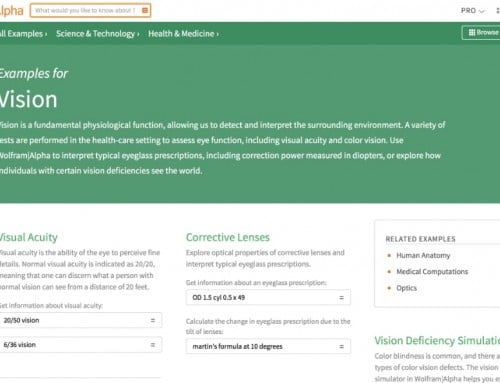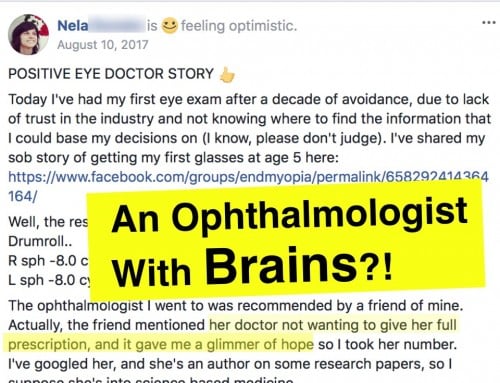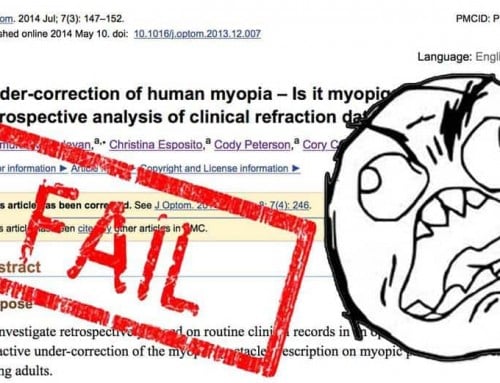Today the podium goes over to MH Edwards, PhD, FCOptom, CSY Lam, PhD, MCOptom, FAAO, who writes:
The prevalence of myopia amongst the Chinese has escalated in recent decades.While this refractive error was previously a little more than an inconvenience and a source of unwanted expense to the affected individuals, it is now sufficiently prevalent to warrant national concern.
Edward continues, pointing out some of the problems with this growing myopia prevalence:
It should be pointed out here that myopia, per se, is unlikely to cause low vision. Rather it is the sequelae of myopia, such as retinal detachment, which cause blindness.Data collected in 29 provinces of the People’s Republic of China (PRC) in the 1980s showed that refractive error was the greatest cause of blindness in that country after cataract.Myopia has financial implications for both affected individuals and the community. While the most obvious cost of myopia, that of spectacles or contact lenses, remains the responsibility of the individual, governments bear the costs of educating eye care professionals and providing healthcare and social services for those whose myopia results in visual impairment. The financial cost of myopia in 1990 in the United States, with a population of about 270 million and a myopia prevalence of about 30%, was estimated to be US$4.8 billion.
The article (which you can download here), after more discussion about myopia, concludes with this:
Unfortunately, recent research has not determined the factors involved, nor has it resulted in a treatment to prevent the development of myopia or to slow down the progression of myopia once it’s present.
That’s a lot of what we get from the fancy titles and academia swagger. Sometimes we have to take matters into our own hands, letting the posturing and hand wringing and furious typing of more research articles continue in the halls of entitled befuddlement.
Cheers,
-Jake



